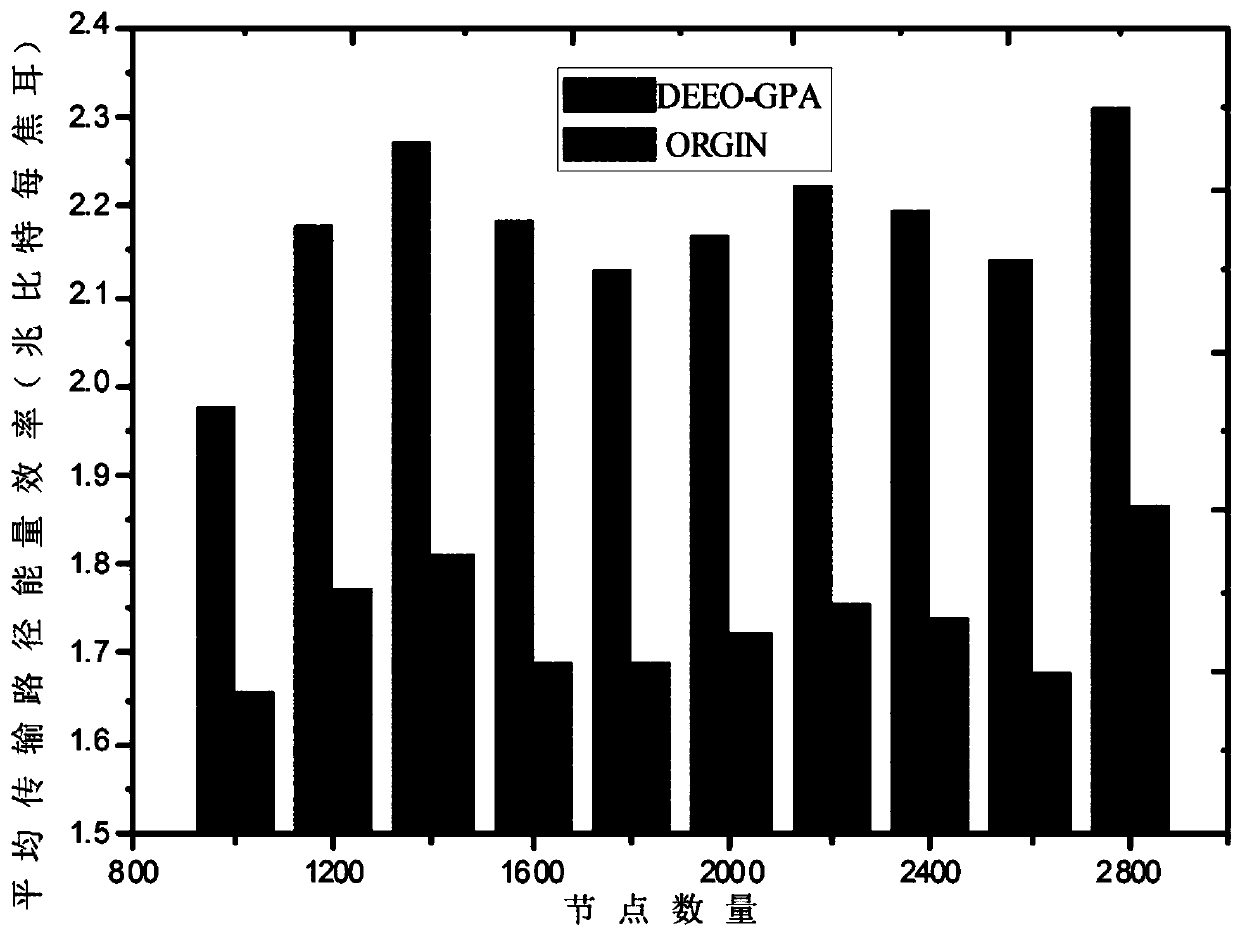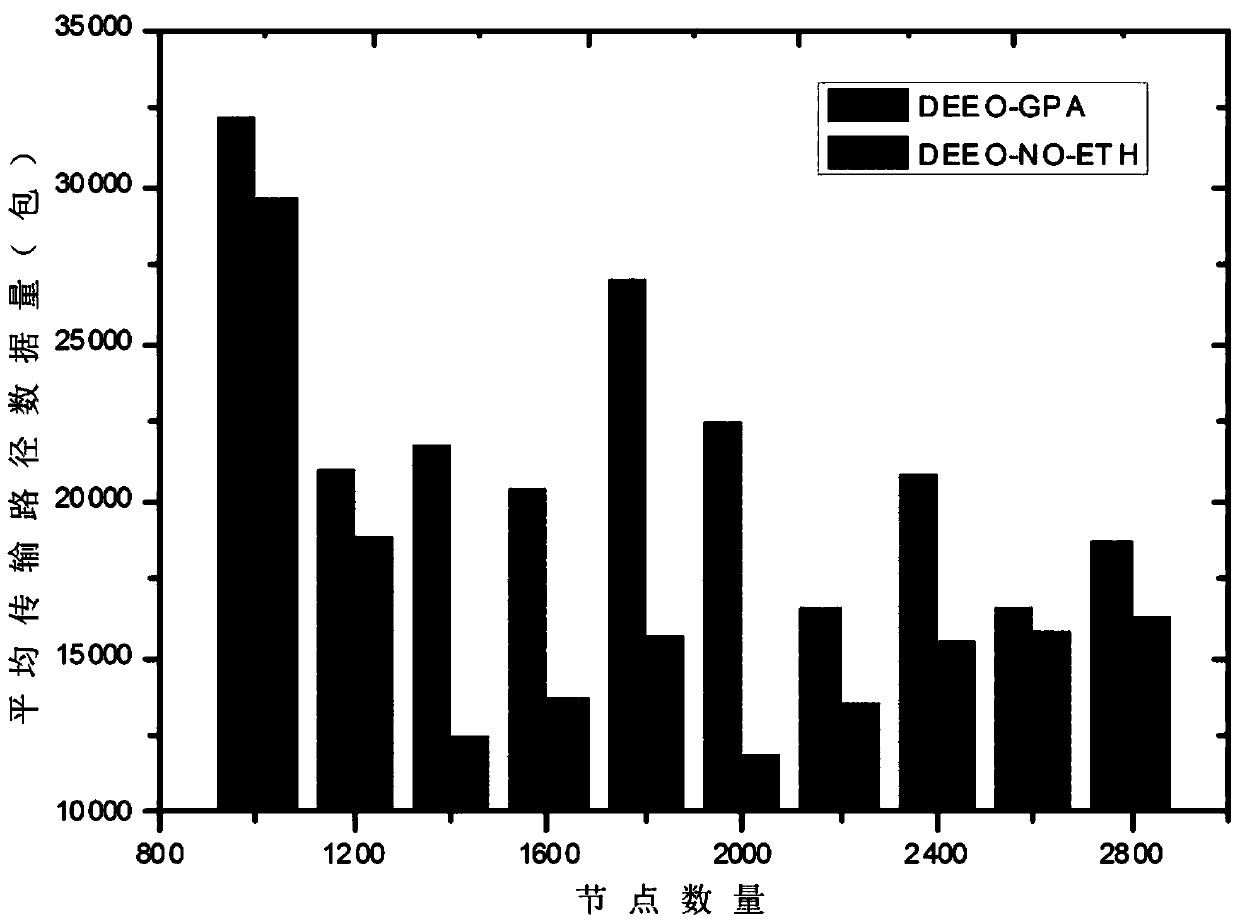Novel Energy Efficiency Optimization Method for Cellular Downlink Communication
An optimization method, cellular technology, applied in wireless communication, machine-to-machine/machine-type communication services, and energy reduction, etc., can solve the problems of heavy base station burden, inability to meet downlink throughput requirements, and high configuration requirements
- Summary
- Abstract
- Description
- Claims
- Application Information
AI Technical Summary
Problems solved by technology
Method used
Image
Examples
Embodiment Construction
[0072] Such as figure 1 Shown is the method flowchart of the inventive method:
[0073] Calculation formula involved in the present invention and relevant parameter are set forth as follows:
[0074] For any user equipment (User Equipment, UE) (such as i), if it adopts the communication method of directly receiving data from the base station, the available throughput can be estimated using the Shannon formula, specifically expressed as follows:
[0075] T 0i =b i log 2 (1+γ i )(1)
[0076] In formula (1), T 0i and gamma i are the throughput and signal to interference noise ratio (Signal to Interference Noise Ratio, SINR) on the communication link from the base station to UE i; b i is the channel bandwidth on the link. gamma i It can be estimated by formula (2).
[0077]
[0078] In formula (2), N i Indicates the ambient noise power perceived by UE i; F i Indicates the interference from other links perceived by UE i when the base station sends data to UE i throu...
PUM
 Login to View More
Login to View More Abstract
Description
Claims
Application Information
 Login to View More
Login to View More - R&D
- Intellectual Property
- Life Sciences
- Materials
- Tech Scout
- Unparalleled Data Quality
- Higher Quality Content
- 60% Fewer Hallucinations
Browse by: Latest US Patents, China's latest patents, Technical Efficacy Thesaurus, Application Domain, Technology Topic, Popular Technical Reports.
© 2025 PatSnap. All rights reserved.Legal|Privacy policy|Modern Slavery Act Transparency Statement|Sitemap|About US| Contact US: help@patsnap.com



